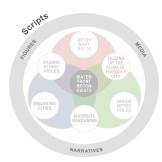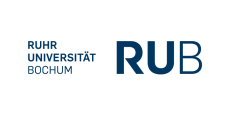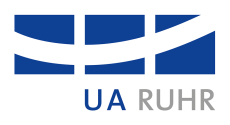Waterfront Reconquista
Waterfront Reconquista: Conflicting Scripts for Waterfront and Port Developments in Inland Harbor Cities
Doctoral Researcher: Johannes Maria Krickl, M.A.
Advisors: Prof. Dr. Michael Wala and Prof. Dr. Walter Grünzweig
U.S. Mentor: Prof. Jon Hegglund, Washington State University

From the 1980s onward, harbor cities have made of the postindustrial inner-city waterfront a prime asset of urban planning. Cities like New York, San Francisco, and Baltimore have channeled their energies into revitalizing these centric urban places and equipping them with a new public meaning: What used to be restricted areas of industrial and mercantile business, flourishes now in the form of esplanades, recreation areas, tourist attractions, and modern housing at the water’s edge. In turn, cargo is handled in the city’s periphery, where digital efficiency concerts the flow of thousands of containers a day.
Refraining from investigating oceanic port cities yet again, this project focuses on a comparative study of inland harbor cities in the US Rust Belt and the German Ruhr region (Duisburg; Cleveland, OH; Huntington, WV; Chicago) and heeds thereby the special setting of two regions peculiarly affected by postindustrial structural change.
Albeit their separate relationalities to the urban whole, the operating container harbor and the revitalized inner-city waterfront both affect the materialized reality of the postindustrial harbor city. Proposing that container port and waterfront developments have been adhering to a scribal logic, this project tries to dissect the scripts that have been describing and propelling urban change in the past three to four decades. The assumption is that the postindustrial era has introduced space making practices responsible for a bipartite narrative creation of urban places: Global logistics and the imperative of economic growth have spawned scripts for the operating container harbor very different from the scripts that have shaped the inner-city waterfront. It is important to disclose the hegemonic narratives that nonetheless synthesize these conflicting scripts into the logic of urban change and the systematic, semiospheric whole of the harbor city. A semiotic approach (Yuri Lotman’s Semiosphere and semiotic model of culture, i.a.) allows this project to compare and historicize the scribal processes that have transformed the urban realities of inland harbor cities in the US Rust Belt and the German Ruhr region.





